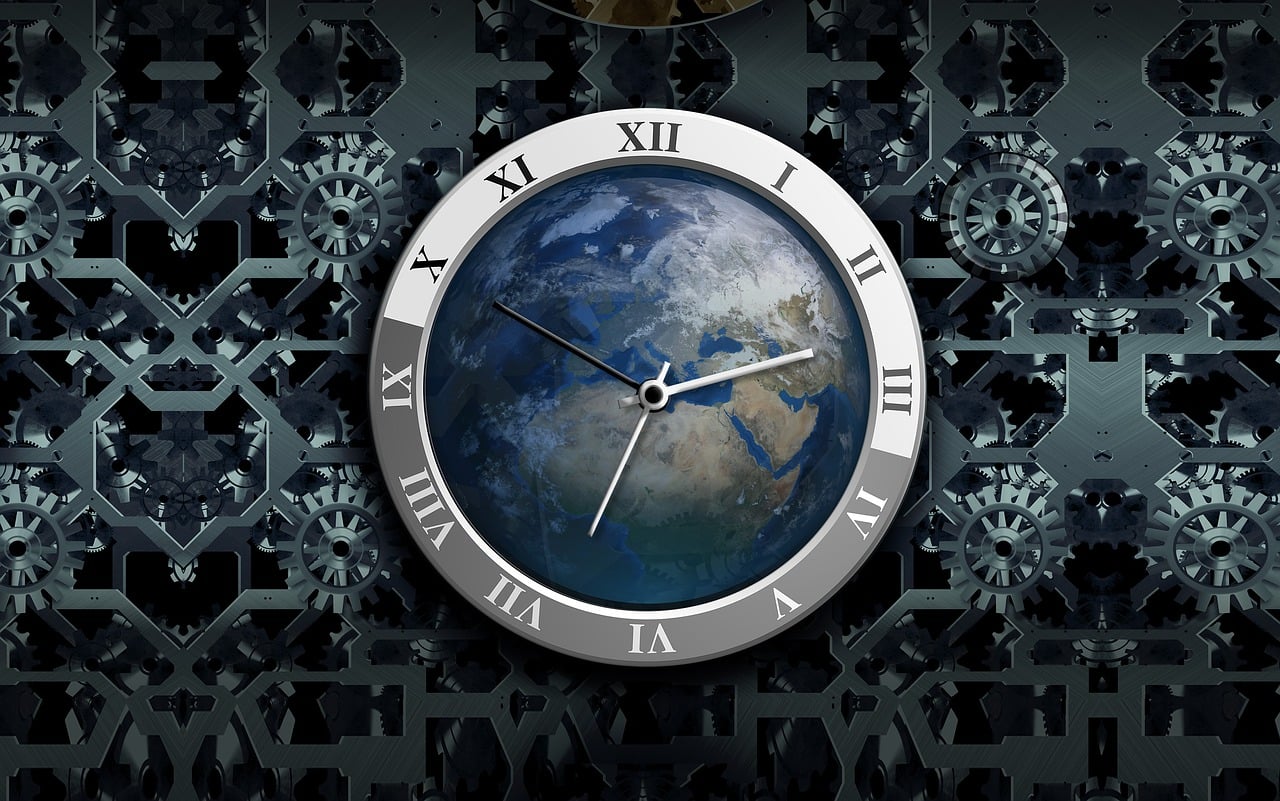Researchers at the National Institute of Standards and Technology (NIST) have developed new atomic clocks accurate enough to measure changes in spacetime. The clocks tick so precisely that scientists can use them for improved timekeeping and navigation. The clocks can even detect small signals from gravity, and scientists believe they could even detect faint signals from dark matter.
Each clock is equipped with a thousand ytterbium atoms tucked into optical lattices, which are grids made of laser beams. To tick, the clocks switch between two energy levels. Scientists measured systematic uncertainty, stability and reproducibility while comparing how the two clocks work together.
A study on the atomic clocks was published on Nov. 28 in the journal Nature, and a statement on that study explains the three measurements. Systematic uncertainty relates to how well the clock can detect and cope with the natural vibrations and frequencies of atoms. Stability refers to changes in the clock’s frequency during a certain time interval. Reproducibility shows how closely two synchronized clocks are ticking at the same frequency. They yielded a difference below the 10-18 level.
“Systematic uncertainty, stability, and reproducibility can be considered the ‘royal flush’ of performance for these clocks,” project leader Andrew Ludlow said in the statement. “The agreement of the two clocks at this unprecedented level, which we call reproducibility, is perhaps the single most important result, because it essentially requires and substantiates the other two results.”
According to Einstein’s theory of relativity, the frequency of the atoms’ vibrations as the clock ticks is shifted toward the red end of the electromagnetic spectrum when surrounded by a stronger gravitational field. This means that at lower elevations, atomic clocks tick more slowly.
With this in mind, scientists can turn this property of gravity into an advantage and use atomic clocks to measure gravity. Since the clocks are extremely sensitive, they should be able to detect the faintest changes in gravitational signals and notice wobbles or gravitational distortions of space and time. Scientists could use the clocks to study gravitational fields and possibly detect or measure dark matter, which has long been a scientific mystery.
The most recent research shows the new atomic clocks offer a 100-fold improvement in accuracy from the best clocks built previously. The researchers who worked on the new clocks added that comparing the accuracy of two atomic clocks is the traditional way to evaluate a clock’s performance.
Another improvement compared to NIST’s previous models is the addition of thermal and electric resistance around the atoms, which shields them from electric fields. Furthermore, researchers should be able to correct for frequency shifts caused by heat radiation.





